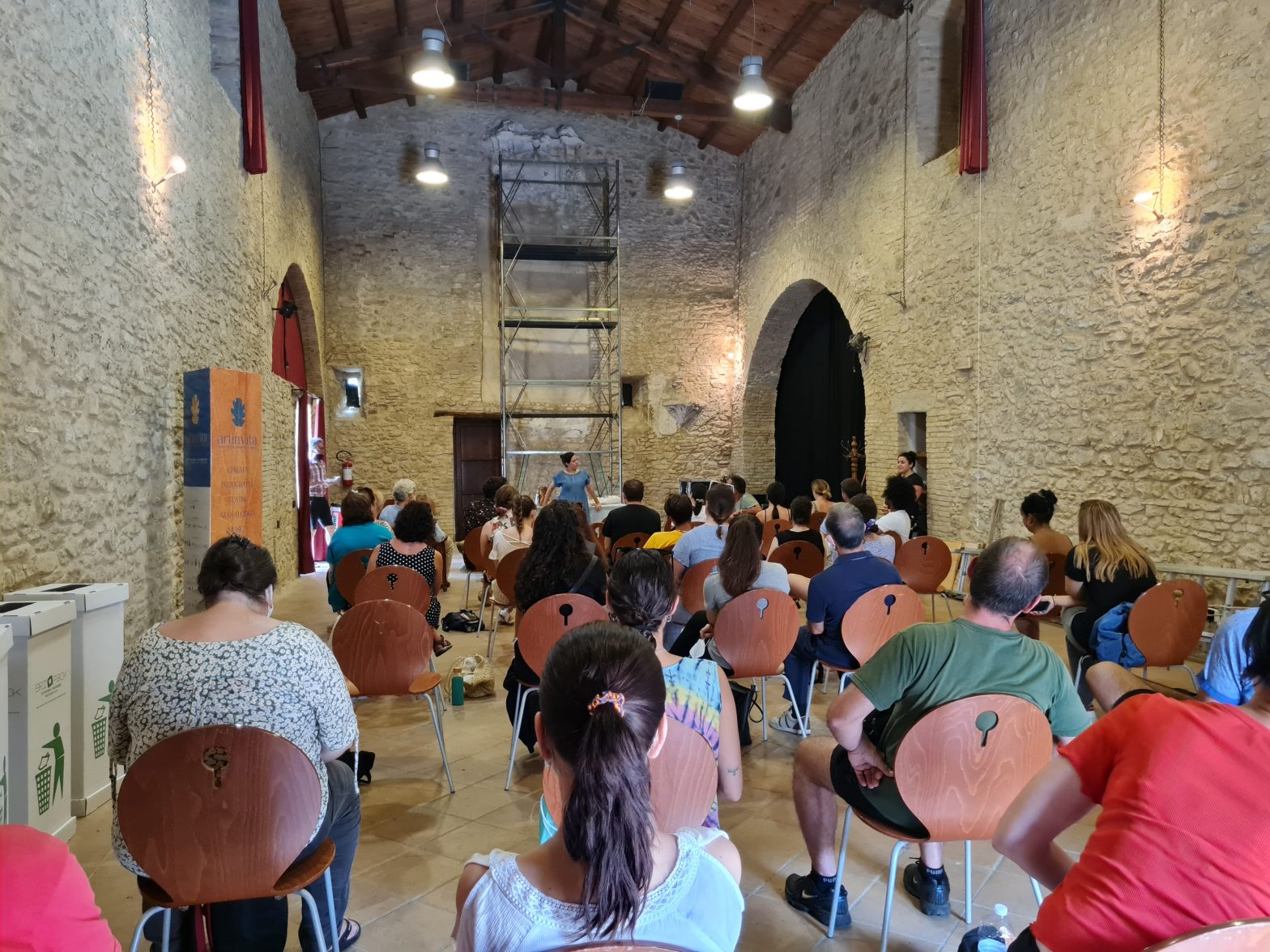The role of this section is to provide a presentation of the project results, as estimated through the project application, and as achieved in practice throughout the project implementation process.
As this project is based on a strategic partnership, the achieved results express the co-working of all partners all through the project.
The UNLOCK project is one that belongs to the field of vocational education and training, that is why in the project design phase we have included training activities for professionals working in museums and cultural organizations.
The results of the project are to increase the accessibility of the museum visit for people with special needs, for those who in most museums do not get an equal access compared to normal visitors, because they have some form of deficiency and the museum or cultural organization does not have a means to respond, a way to enable the transmission of meaning as it has for the usual end-users. So, the project results into better trained staff, who knows how to react when such visitors reach their organization, in persons with special needs that will receive equal or improved treatment. Upon project completion, it is expected to have museum and cultural specialists equipped with appropriate skills in providing equal treatment to various end-users from disfavored categories, and empowered staff and end-users through the provided access to information.
Each partner prepared a country report for the chosen target groups in order to integrate them in cultural institutions from Europe. Based on this Repository of information, the partnership made a series of Recommandations, available here.
Three target groups were chosen with priority: the visually and hearing impaired and refugees / migrants.
All the documentation of the project and the courses are available on the current online platform, that was created by the partner with experience in the creation of IT tools.
Tactile Art – Paintings transformed for the visually impaired: Pilot module transforming 2D paintings into 3D printed moldings
There is this need, previously expressed by the community of the visually impaired people, to have access to the information existing in museums. A study of 2016 (Katie Dupere) showed that at that moment there were more than 285 million blind and visually impaired people throughout the world. A number that is not at all negligeable. Moreover we cannot but ask ourselves what do we have to offer to them, what can we do to improve their museum experience, their perception of art. Of course, there is the “classical” way of translating text written with common Latin characters into text written in Braille alphabet. Still, this is a very limiting experience. This is why, we planned and succeded to provide three pilot transformations of famous paintings, from the Art Museum of Iasi, within the MOLDOVA National Museum Complex, into mouldings, in relief 3D prints. These serve of tactile versions of the original works of art which have caused the delight of so many of us, and will ensure a more inclusive museum environment.
For implementing this activity we had several associated partners from various countries of Europe, as follows: the Romanian National Blind Association, Iasi department; The Spanish National Blind Association; The Hilfsgemeinschaft, Vienna.
The transferability potential of this pilot module is huge as it can be replicated in numerous museums. Enhacing applicability and facilitating transferability of this intellectual outputs was one of the main objectifs of our partners BeaconWave, who implemented this module. We put at the disposal of other museums and cultural institutions a guide with technical information on how to do 3D paintings.
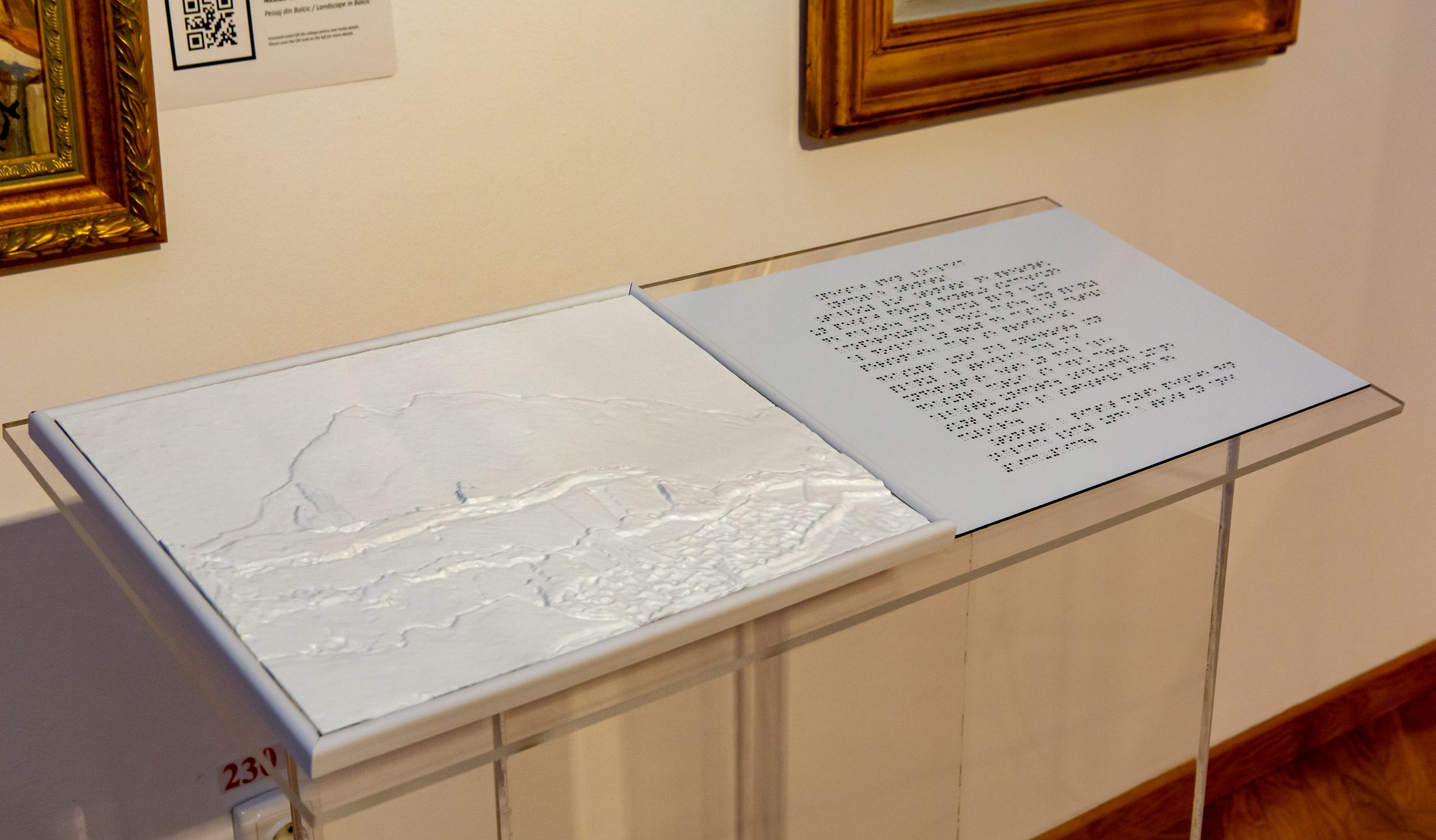
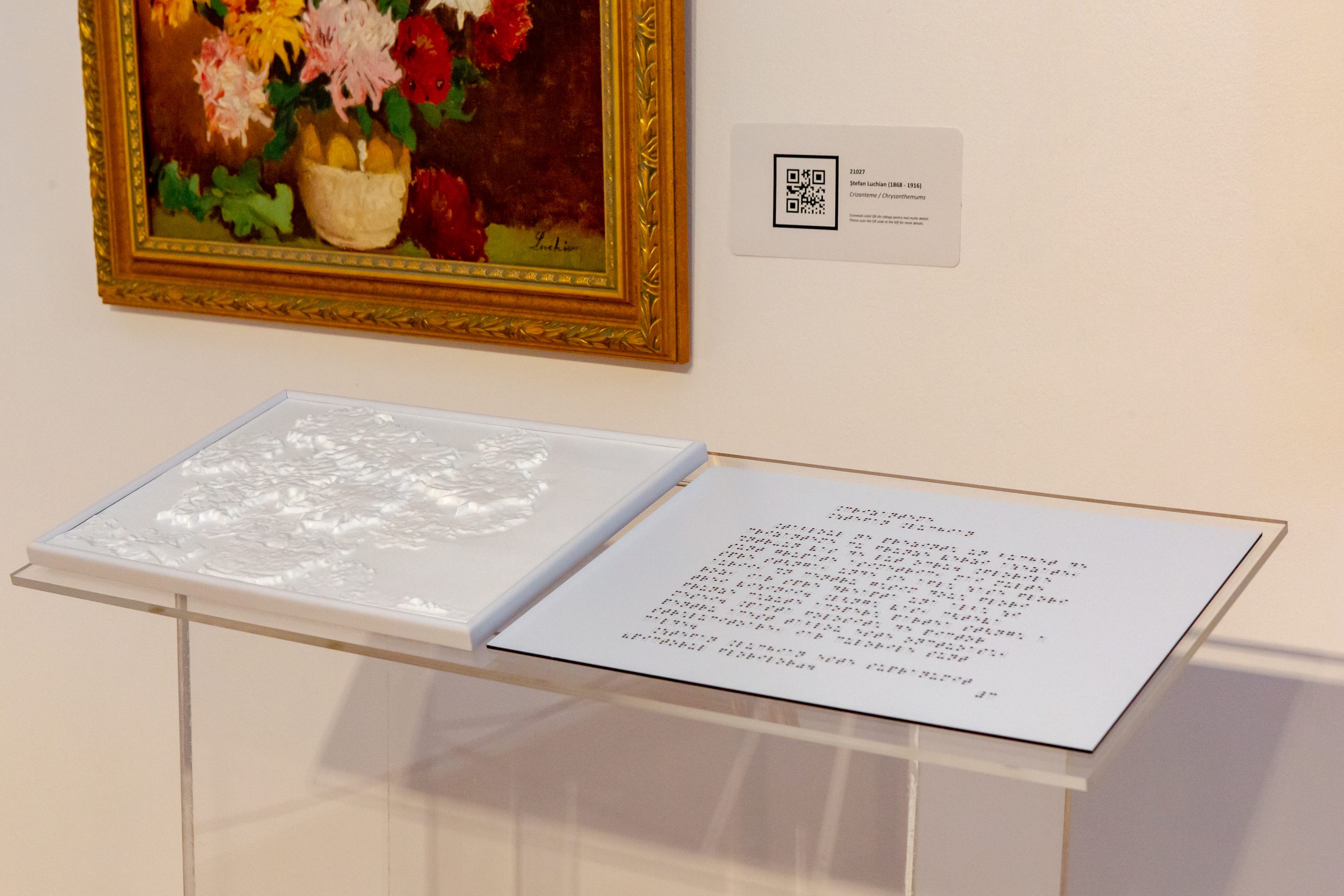
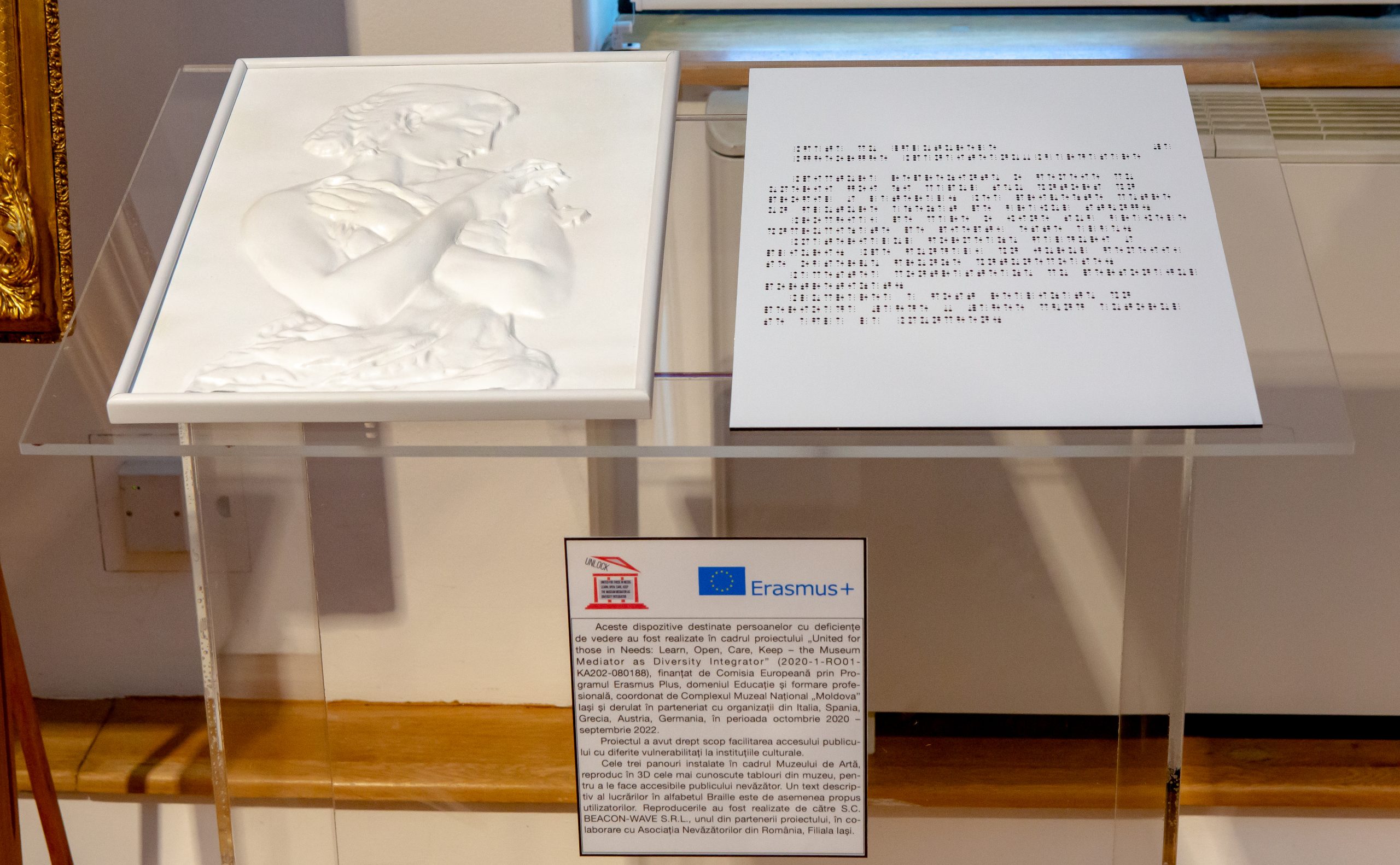
Vibrating Music – Pilot Module for transforming mechanical music into vibrating and visual effects to the benefit of people with hearing difficulties.
This intellectual output started from the need of deaf people or of those with severe hearing difficulties to experience music, in our case the music provided by the collection of mechanical music automata (music boxes, symphonions, orchestrions etc.) that is part of “Stefan Procopiu” Science and Technique Museum within the structure of the project leader.
The module that we propose is innovative precisely in museum environments, because applications transforming sound into vibrations for the people with hearing difficulties have been created in various fields of activity, but no museum, to our knowledge, has applied it to its specific context. We also plan to associate visual effects to the afore-mentioned vibrations, so to stimulate the end-user’s interactivity capacity.
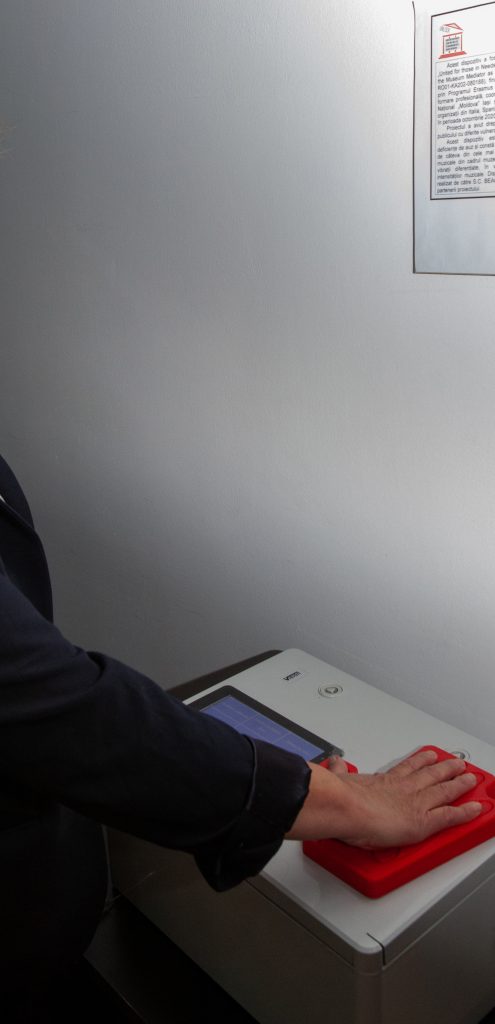
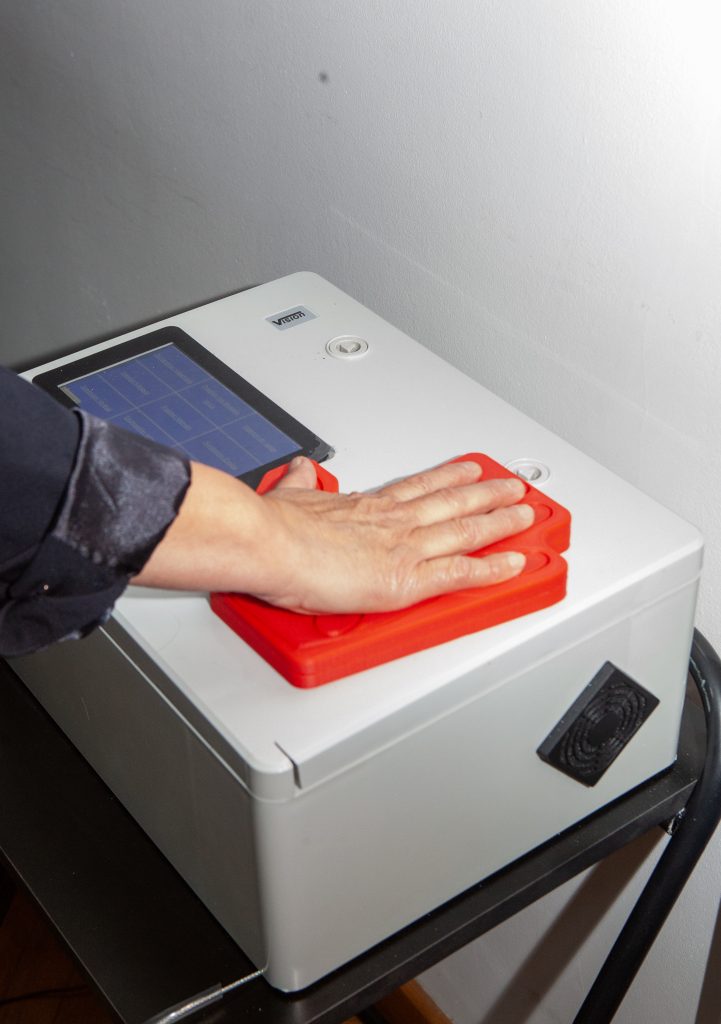
You can download below our flyer with the results of our project.

